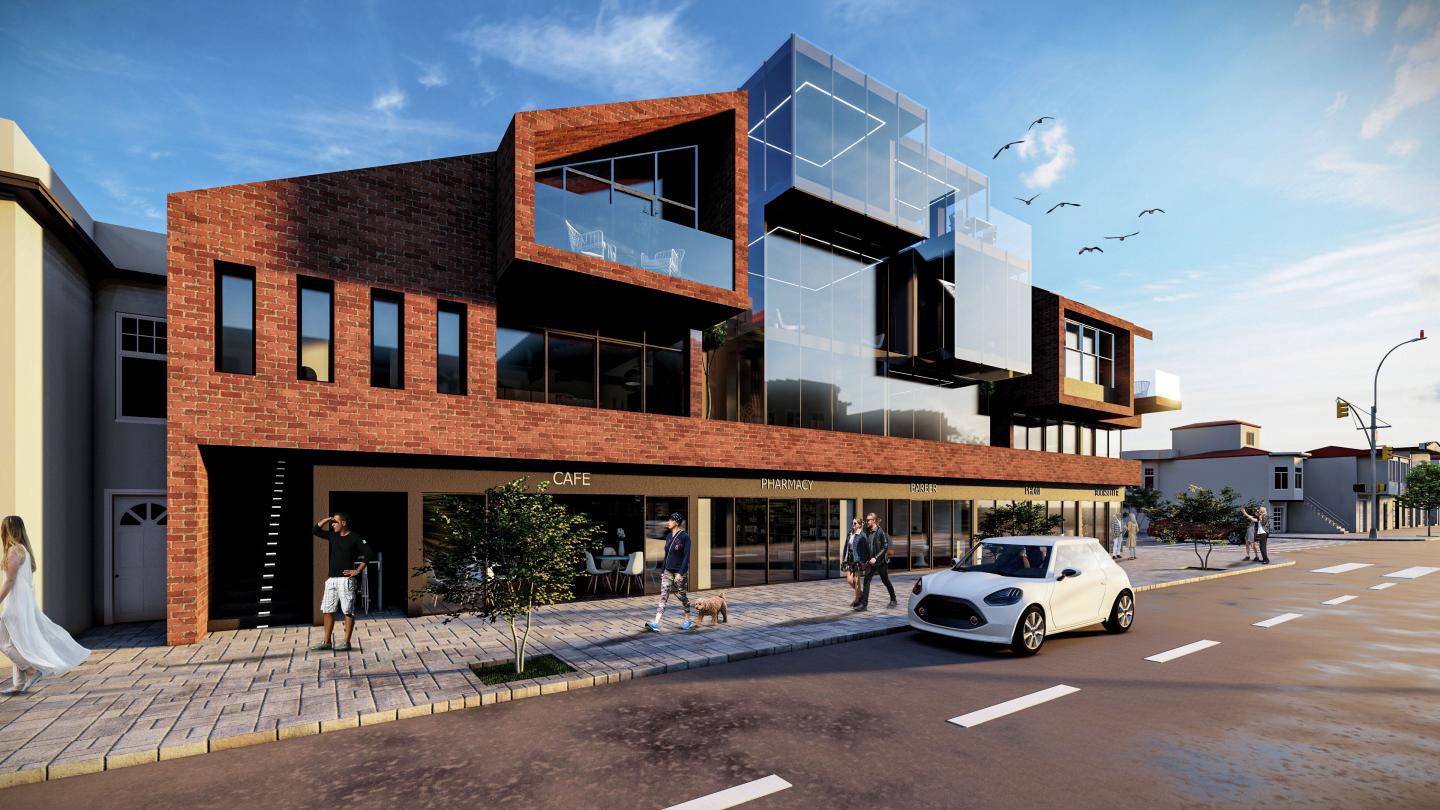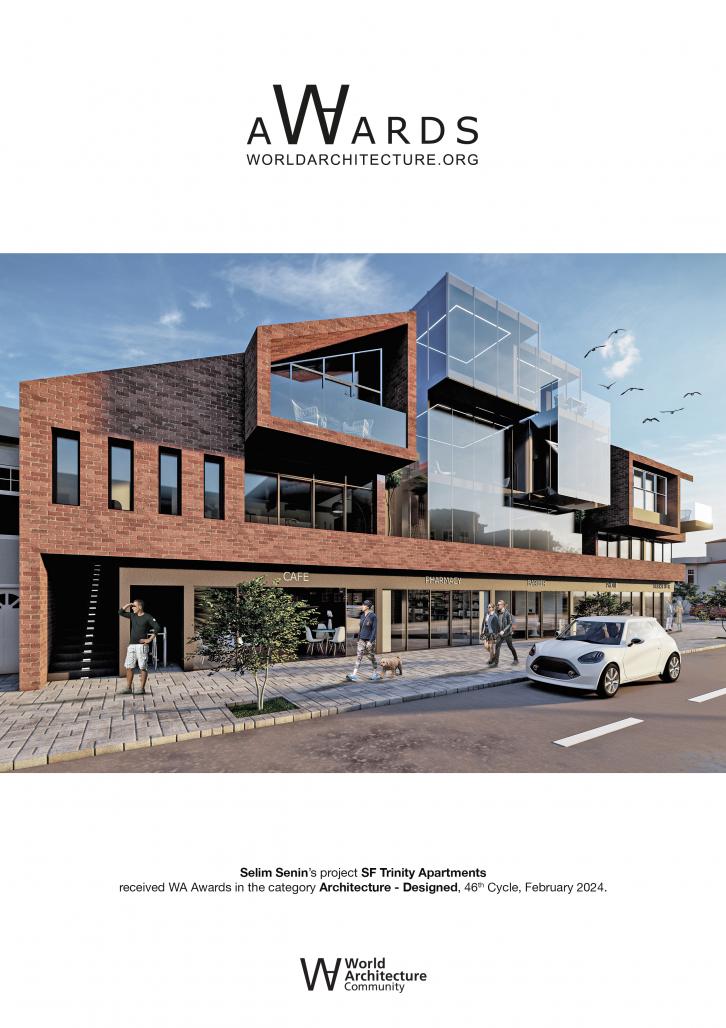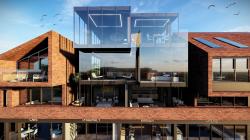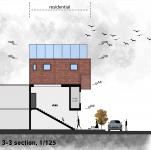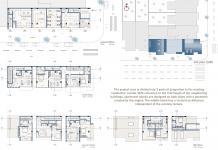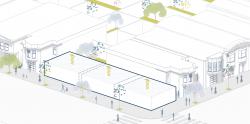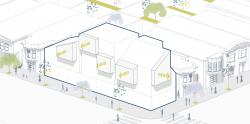San Francisco’s many tech booms and its rare beauty attract people from all parts of the world and place it in the heart of this country’s housing crisis. A large percentage of the city’s land has been limited to single-family-only use since 1978, when the city's residential areas were downzoned to limit growth. These zoning requirements effectively excluded access to people of color and limited means thereby creating redlined elite neighborhoods. In the past 20 - 30 years, broad swaths of middle to low-income San Franciscans have been forced to leave the city due to ever-escalating rents and exorbitant home prices driven by scarcity.
Neighborhoods on the city's west side have seen virtually no growth in the past 50 years. Housing built in San Francisco is concentrated in downtown, South of Market (SoMa), and parts of the Mission. Fewer than 10% of the 82,000 units mandated by the state of California’s Regional Housing Needs Assessment (RHNA) have been built this past year. Many entities in the city, from the Mayor’s office to YIMBY and housing organizations, support increased housing density and are looking to the west side for opportunities to help solve the city's housing needs with equitable, inclusive, and affordable neighborhoods.
The project area is divided into 3 parts in proportion to the existing residential facade. With reference to the roof height of the neighboring buildings, apartment blocks are designed on both sides with a geometry created by the angles. The middle block has a vertical architecture independent of the existing texture. The residences, which rise as 3 separate blocks, establish a relationship with the environment with the consoles coming out of the façade, as in the existing texture. This newly built project is actually a reinterpretation of the existing texture with a higher density and with respect to the existing buildings as an architectural whole. By designing 5 commercial shops on the ground floor, it is aimed to eliminate the lack of shops in the region. In the rising blocks, there are a total of 5 different room numbers. Efficient land use and the fact that the designed buildings will add architectural value to the region are the biggest factors of sustainability. It is aimed to keep the carbon footprint at a minimum level by using brick in weight ratio as the construction material.
2023
Concrete Structure
Selim Senin
Mehmet Bikec
Bilgehan Kucukkuzucu
Alev Doru
Dicle Yildirim
Zeynep Yilmaz
Beyza Kinsiz
SF Trinity Apartments by Wall Corporation in United States won the WA Award Cycle 46. Please find below the WA Award poster for this project.
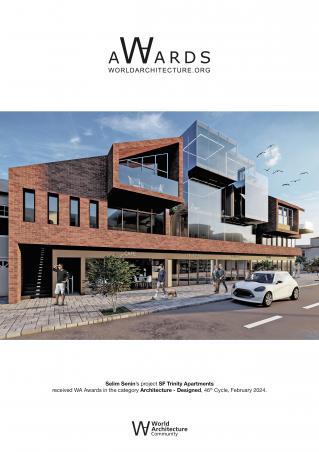
Downloaded 0 times.
